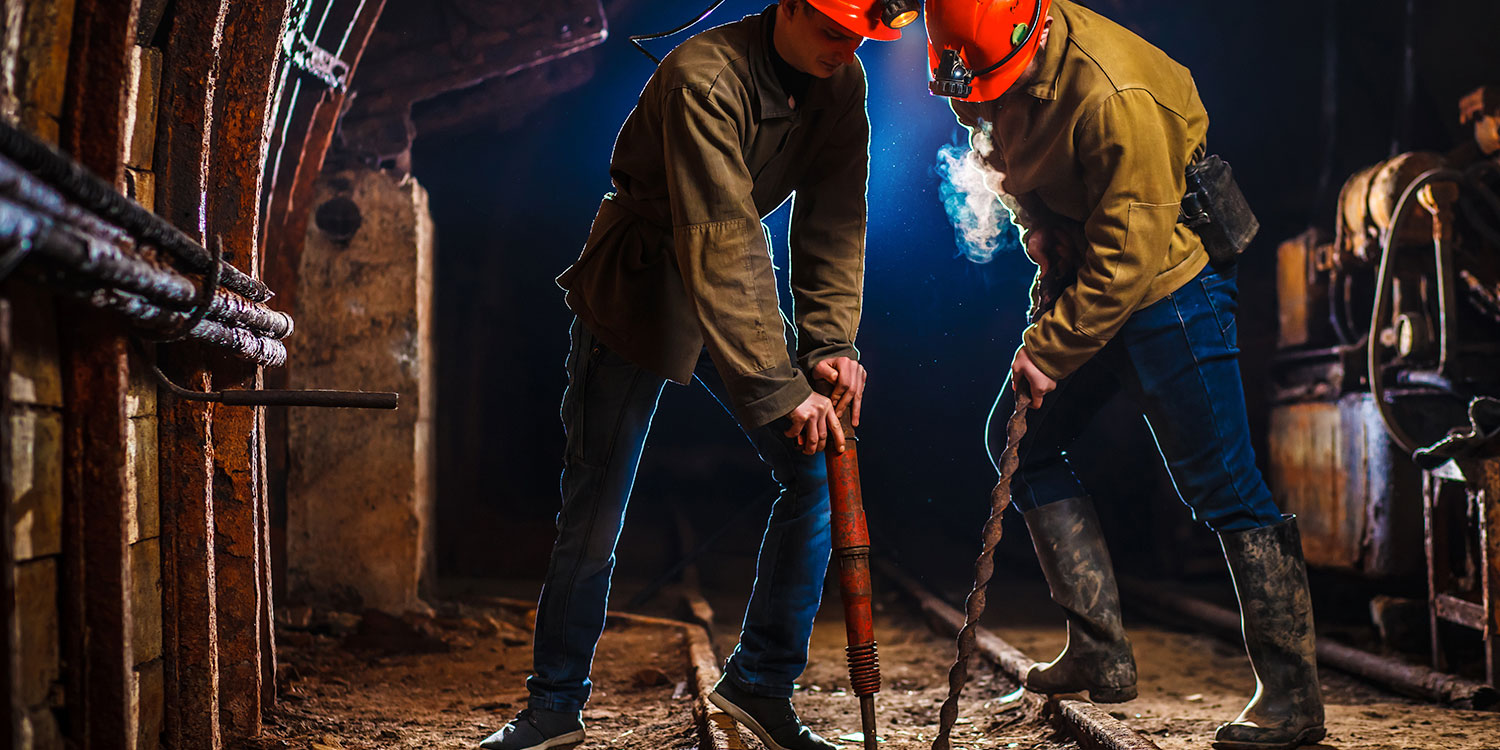From October 1 to December 27, the Ontario Ministry of Labour is conducting a province-wide health and safety inspection blitz on musculoskeletal disorders and respiratory hazards in all sectors.
“Phase 1 of the inspection blitz involves assistance from the four provincial health and safety associations to help educate employers and supervisors about these issues to help prepare them for a Ministry visit,” says Paul Andre, President and Chief Executive Officer of Workplace Safety North (WSN).
“Various webinars are being held in each sector, including construction, health care, industrial and mining for association member firms to attend and learn what to expect during the inspection blitz,” notes Andre.
Workplace Safety North co-hosted two webinars with the Ministry of Labour: Sept. 10 for the mining sector and Sept. 23 for the industrial sector.
MUSCULOSKELETAL DISORDERS
TOP INJURY IN THE WORKPLACE
Musculoskeletal hazards such as high forces, awkward postures and repetitive motions are commonly found when workers are required to lift, carry, push, pull or lower materials or even other people.
Musculoskeletal disorders (MSDs) are the top lost-time injury reported to the Workplace Safety and Insurance Board (WSIB). In 2017, MSDs represented approximately one-third of all accepted WSIB lost-time claims, and in Ontario, there were more than:
· 19,000 claims
· 462,000 days lost from work
· $72 million in direct WSIB costs
The inspection blitz focuses on hazards that may lead to MSDs during manual materials handling and client handling activities and on helping workplaces eliminate or control those hazards.
Industrial inspectors will check that:
· Employers have provided training to workers on safe manual materials handling practices.
· Items are being manually handled in a safe manner.
· Items are stored so that they can be placed or withdrawn in a safe manner.
· Handling items while the worker is on a ladder is being performed in a safe manner.
· Obstructions and/or hazards on the floor aren’t interfering with manual materials handling activities.
Mining inspectors will check:
· If and where MSDs are occurring.
· JHSC meeting minutes to see if any MSD hazards have been identified.
· If workers have been given information and instruction re: MSD hazards in their work.
· That manual materials handling duties are being performed in a safe manner.
· Whether workers are being exposed to hand-arm vibration, and if so, what precautions are being taken.
Respiratory hazards can cause occupational disease
Between 2008 and 2017, long latency illnesses (illnesses in which there is a long delay between exposure to a disease-causing agent and the appearance of disease symptoms) accounted for the largest proportion of allowed Workplace Safety and Insurance Board (WSIB) benefit costs.
Seventy per cent of allowed long latency illness WSIB claims over the past 10 years come from: lung cancer, pleural plaques, mesothelioma, asbestosis and chronic obstructive pulmonary disease, which are all associated with respiratory exposures.
Cancer Care Ontario and the Occupational Cancer Research Centre estimate that exposure to asbestos, diesel engine exhaust, crystalline silica and welding fumes cause approximately 1,300 cancer cases a year in Ontario.
In industrial establishment workplaces, inspectors will focus on potential respiratory hazards including:
· Vapours (for example, from solvents).
· Fumes (for example, welding fumes).
· Particulate (for example, from diesel emissions).
All of them are referred to as respiratory hazards when they can make a worker sick or die from being inhaled.
In mining workplaces, inspectors will check that employers:
· Are maintaining ventilation for the operation of underground diesel equipment.
· Are diluting or removing contaminants to prevent worker exposure beyond legal limits.
· Have accurate plans and records of ventilation systems.
· Are maintaining diesel equipment.
· Are testing for diesel emissions and diesel particulate matter.
· Are completing occupational exposure monitoring in areas of known/expected exposures.
· Have assessments and control programs in place for designated substances (for example, silica) and dust.
The ministry has released a fact sheet that gives an overview of occupational disease in mines.


 1-866-985-9780
1-866-985-9780








